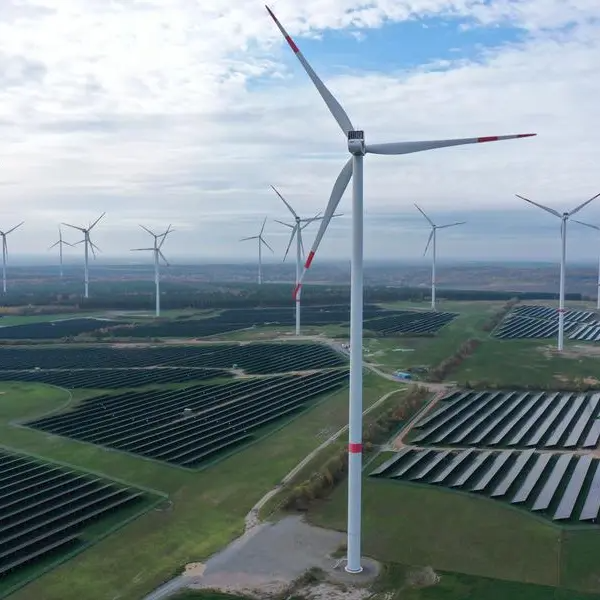Solar energy has emerged as a key player in the global quest for sustainable and renewable energy sources. As the world continues to grapple with the effects of climate change and the need to reduce greenhouse gas emissions, solar power offers a viable solution to meet the growing energy demands. However, despite the numerous advantages of solar energy, one major challenge that plagues the efficiency of solar panels is soiling losses.
Soiling losses refer to the reduction in solar panel efficiency due to the accumulation of dust, dirt, and other particles on the surface of the photovoltaic (PV) modules. The presence of these particles on the solar panels can significantly reduce the amount of sunlight that reaches the solar cells, thereby decreasing the overall energy output. In arid and semi-arid regions, where dust storms and sand deposits are common, soiling losses can be particularly severe, leading to a decline in the performance of solar power plants.
To mitigate the impact of soiling losses on solar panel efficiency, researchers and industry experts have been exploring various strategies and technologies. One such approach is the development of self-cleaning solar panels. These panels are designed with hydrophobic and oleophobic coatings that repel water and oil, respectively, preventing the accumulation of dust and dirt on the surface. When it rains, the water droplets roll off the surface, taking the dirt particles with them. This self-cleaning mechanism not only helps maintain the efficiency of the solar panels but also reduces the need for manual cleaning, which can be labor-intensive and costly.
Another promising solution to address soiling losses is the use of robotic cleaning systems. These automated systems are equipped with brushes, air blowers, or water jets to clean the surface of the solar panels without causing any damage. Some of these robotic cleaners are also designed to operate during the night, ensuring that the cleaning process does not interfere with the energy production during the day. By incorporating sensors and advanced algorithms, these robotic systems can intelligently detect the level of soiling and optimize the cleaning frequency, thereby maximizing the energy output and minimizing the operational costs.
In addition to technological advancements, proper site selection and panel orientation can also play a crucial role in mitigating soiling losses. By choosing locations with lower dust levels and favorable wind patterns, solar power plant operators can minimize the impact of soiling on the performance of the PV modules. Moreover, adjusting the tilt angle of the solar panels can help in shedding off the dust particles more effectively, thereby reducing the accumulation of dirt on the surface.
Regular monitoring and maintenance of solar panels are also essential in addressing soiling losses. By conducting periodic inspections and cleaning the panels as needed, solar power plant operators can ensure that the PV modules are functioning at their optimal capacity. Furthermore, investing in advanced monitoring systems that provide real-time data on the performance of the solar panels can help in identifying any issues related to soiling and taking timely corrective measures.
In conclusion, as the world continues to embrace solar energy as a sustainable and renewable power source, addressing the challenge of soiling losses becomes increasingly important. By adopting innovative technologies, such as self-cleaning solar panels and robotic cleaning systems, as well as implementing best practices in site selection, panel orientation, and maintenance, solar power plant operators can effectively mitigate the impact of soiling on the efficiency of their PV modules. As a result, solar energy can continue to play a pivotal role in the global transition towards a cleaner and greener future.






